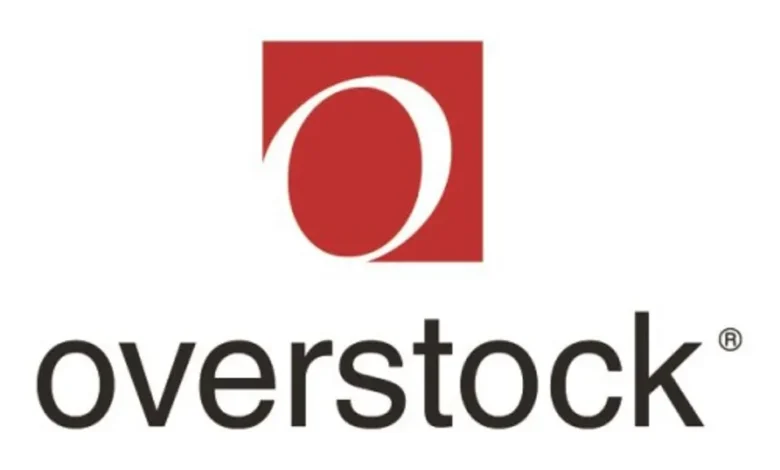Navigating the World of Overstock A Comprehensive Guide

In today’s fast-paced retail environment, the concept of overstock has become increasingly relevant. Whether you are a consumer looking for deals or a business trying to manage inventory, understanding overstock can unlock a myriad of opportunities and challenges. This article dives deep into the world of overstock, exploring its nuances, benefits, and strategies for both buyers and sellers.
The Overstock Phenomenon: An Overview
Overstock occurs when a business has more inventory than it can sell within a reasonable timeframe. This situation can arise from various factors such as overestimation of demand, seasonal changes, or the rapid evolution of trends. While it may seem like a setback, overstock also presents unique opportunities for retailers and consumers alike.
For businesses, overstock means tied-up capital and storage costs, which can impede cash flow and operational efficiency. However, it also offers a chance to attract customers through discounted sales, ultimately converting excess inventory into revenue. On the consumer side, overstock sales are synonymous with bargains, allowing shoppers to purchase goods at significantly lower prices.
The Impact of Overstock on Retailers
Handling overstock is a critical aspect of inventory management for retailers. Excess inventory not only incurs additional costs but can also lead to lost sales opportunities for new or more popular products. Effective strategies to manage overstock include markdowns, donations, or selling through overstock-specific channels.
One common approach is leveraging online overstock platforms that specialize in selling excess inventory at discounted prices. These platforms offer a win-win solution, helping retailers clear their stock while providing consumers with access to affordable goods. Moreover, some businesses adopt a more proactive approach by integrating advanced forecasting and inventory management systems to minimize overstock scenarios.
The Benefits for Consumers
For savvy shoppers, overstock offers a playground of opportunities to find high-quality products at reduced prices. Items ranging from electronics, clothing, to furniture can be found under the overstock category, often in brand new or like-new condition. These deals are particularly appealing during economic downturns or for budget-conscious consumers.
However, shopping overstock sales requires a bit of strategy. Consumers should research to distinguish between genuinely discounted overstock items and regular sales disguised as such. Subscribing to newsletters from trusted overstock retailers or using price comparison tools can help shoppers maximize their savings.
Navigating Overstock Sales: Tips and Tricks
Whether you’re a consumer or a retailer, navigating the overstock market can be challenging. Retailers must strike a balance between recovering costs and clearing inventory, while consumers navigate through myriad options to find the best deals. Here are some strategies to consider:
For Retailers:
- Diversify Sales Channels: Utilize a mix of online platforms, physical outlet stores, and third-party liquidators to reach a broader audience.
- Implement Dynamic Pricing: Adjust prices based on demand, inventory levels, and market conditions to optimize sales.
- Improve Forecasting: Invest in inventory management software that uses historical data and analytics to predict demand more accurately.
For Consumers:
- Stay Informed: Follow your favorite overstock and outlet stores on social media or subscribe to their newsletters to get early notifications of sales.
- Check Product Conditions: Understand the condition of overstock items, as some may be returns or slightly damaged.
- Compare Prices: Use online tools to ensure you’re getting the best deal possible.
Future Trends in Overstock Management
The rise of e-commerce and advances in technology are transforming how both retailers and consumers approach this. Artificial intelligence and machine learning are being employed to refine inventory forecasting, potentially reducing the occurrence of this. Additionally, the growth of the circular economy and sustainability concerns are encouraging businesses to explore environmentally friendly ways to dispose of excess stock, such as recycling or upcycling.
For consumers, the digital age brings enhanced tools for deal hunting, from sophisticated price comparison engines to virtual reality shopping experiences that allow users to inspect overstock items closely before purchasing.
Conclusion
Itis a multifaceted phenomenon that encompasses challenges and opportunities for retailers and consumers alike. By understanding the dynamics of overstock, businesses can refine their inventory management practices, while shoppers can seize opportunities to save. As we look to the future, technology will continue to play a pivotal role in reshaping the landscape of overstock, promising more efficient markets and exciting possibilities for bargain hunters. In the this world, the only constant is change, and staying informed and adaptable is key to navigating this ever-evolving terrain.




